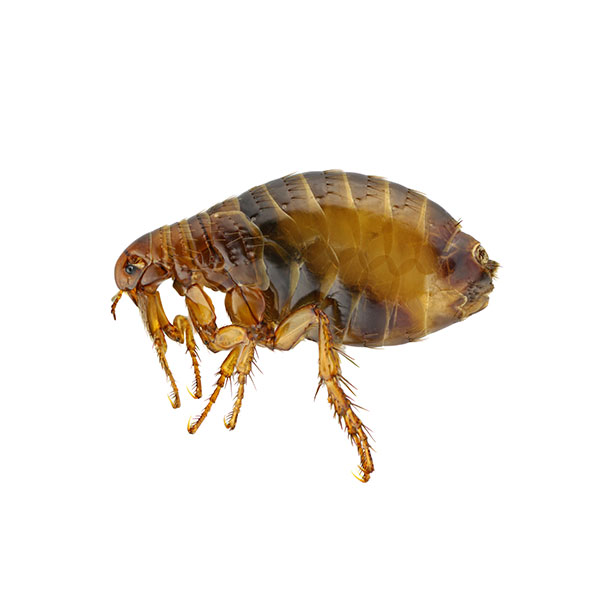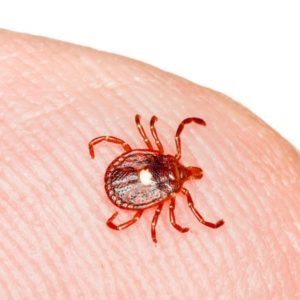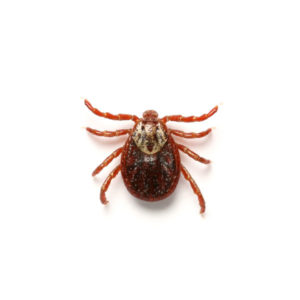
Fleas in Atlanta, GA
Fleas are small wingless parasitic creatures that survive by feeding on the blood of warm-blooded hosts. They play a significant role in household pest-related issues, with cats and dogs being their most frequent targets. The irritation caused by fleas is pronounced for both humans and pets, particularly in the spring and early summer when their population undergoes a noticeable surge.
Flea Habitat
Thriving in many climates, fleas exhibit a preference for environments characterized by moisture, humidity, and shade. The space beneath a porch or deck, for example, can transform into a favorable sheltering site for fleas. They are drawn to areas with tall grass, leaf litter, weeds, wood piles, gravelly surfaces, and sandy patches. Even the tiniest crevice in concrete can serve as a refuge for fleas, with a particular fondness for shrubs, leaves, and trees. They do not fare well in sunny or open grassy areas.
Fleas typically gain entry into structures through attaching themselves to pets, such as cats or dogs. They then swiftly establish themselves within your home. Given their aversion to light, flea larvae seek comfort in dim environments. Carpets, bedding, pet beds, and upholstered furniture are ideal habitats for fleas, their eggs, and larvae.
Flea Behaviors, Threats, or Dangers
Fleas primarily target non-human mammals, but will bite and infect humans as well. Their bites manifest as small red dots that often occur in groups of two or three that tend to cluster around the feet, ankles, and legs. Flea bites may induce allergic reactions, but usually will not pose a severe threat to a person’s overall health. Some individuals and pets can experience flea bite allergic dermatitis, marked by intense itching, hair loss, skin reddening, and secondary infections. Even a single flea bite can trigger an allergic response. The itching may persist for up to five days following the bite. For help with a flea infestation, reach out to the professionals at Inspect-All Pest Services.



